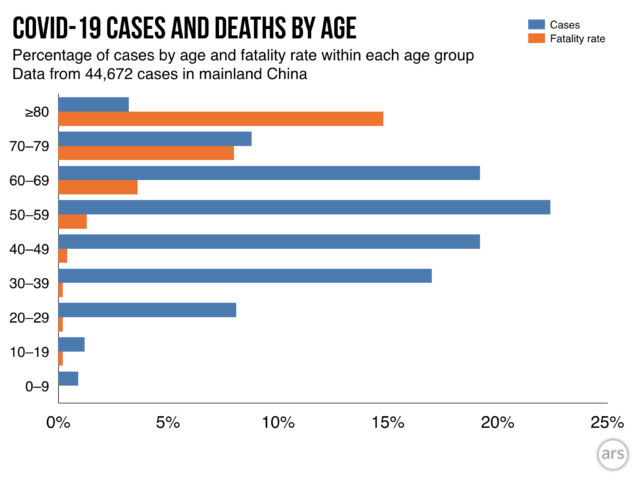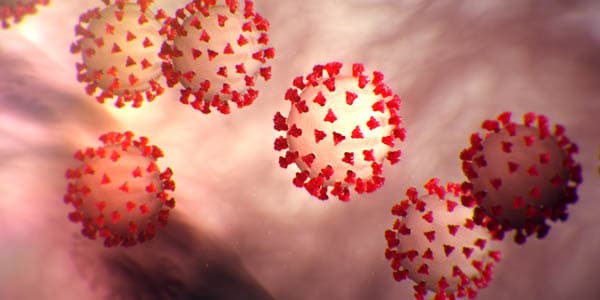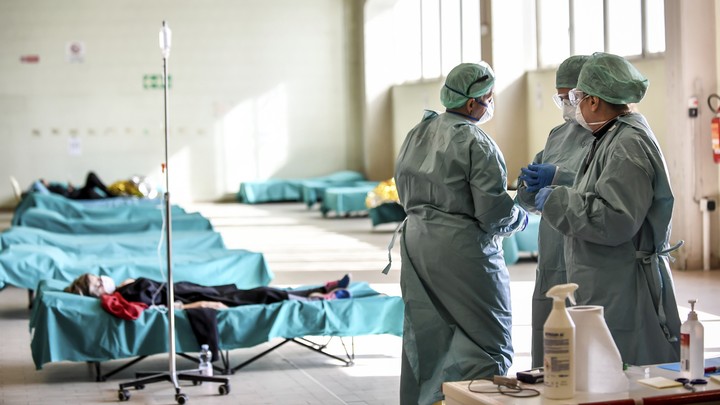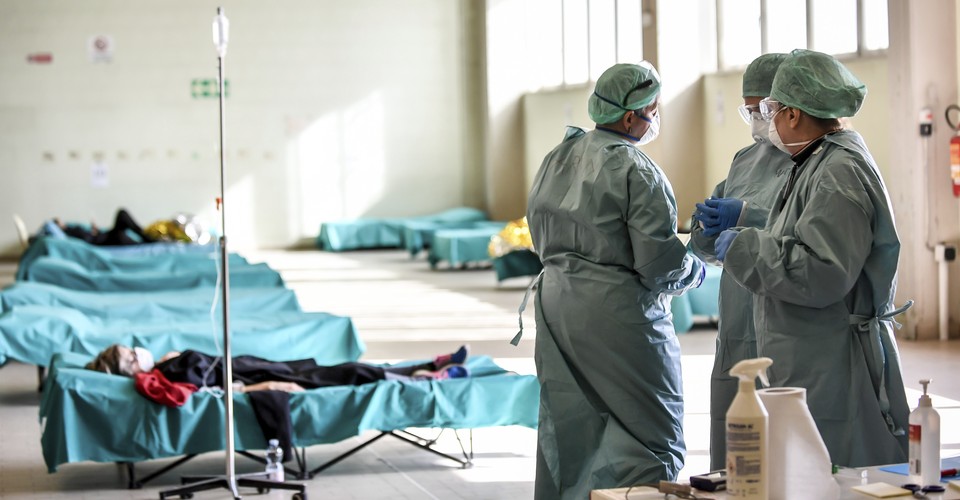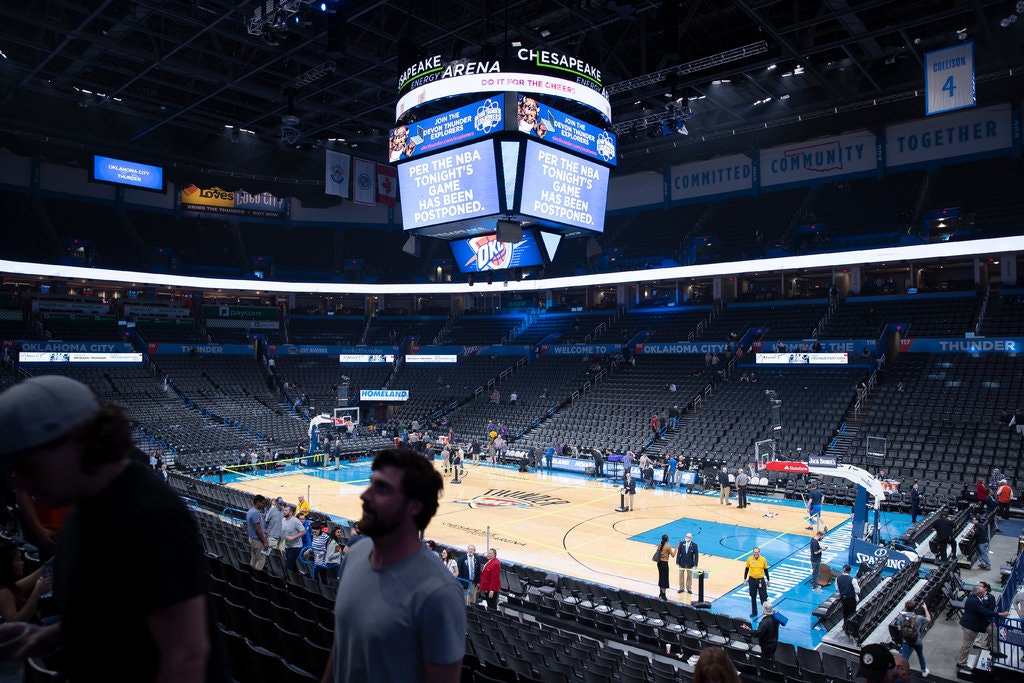You asked us tons of questions about the coronavirus. We answered them
Grace Hauck, USA TODAY
As the
coronavirus pandemic spreads around the world, hundreds of our readers across the nation have asked us questions about COVID-19.
To answer many of your concerns – What are the symptoms? How should you prepare? How is it spread? – we've put together
an explainer on the virus. We've also
debunked some of those viral coronavirus myths you're seeing on social media. (No, it's not related to Corona beer. And no, it didn't escape from a Chinese lab.)
But you're curious, so we wanted to address more of the important questions you submitted via our newsletter, Coronavirus Watch. (Not a newsletter subscriber?
Sign up for it here!)
What is involved in testing for the coronavirus? Is it the same as when they do a nasal swab for influenza?
–
Julie from Chicago, Illinois
To collect a sample for a diagnostic test for SARS-CoV-2, the virus that causes the COVID-19 disease, doctors typically use the same method of collection as they would for influenza: a nasopharyngeal swab. For this swab, a tiny Q-tip on plastic or a wire stem is put up your nose about 3 or 4 inches.
"I've had it done, and it's mildly uncomfortable for a few seconds," said Gregory Poland, director of the Mayo Clinic’s Vaccine Research Group.
A doctor may also do a throat swab. In some cases, if you have a "wet" cough, a doctor may also have you cough up some phlegm into a collection cup. These specimen are then packed with ice and
shipped to a lab for testing.
To determine if someone has recovered from the coronavirus, at least two different nasal swabs taken at least 24 hours apart must test negative, Poland said.
Should people in their 60s be concerned? Are they considered elderly?
–
Nancy M
As with seasonal flu, people at highest risk for severe disease and death include people over the age of 60 and those with underlying conditions, according to the World Health Organization.
"Starting at age 60, there is an increasing risk of disease and the risk increases with age. The highest risk of serious illness and death is in people older than 80 years," Nancy Messonnier, director of the CDC's National Center for Immunization and Respiratory Diseases,
told reporters in a recent telebriefing.
The
CDC recommends that people over 60 stock up on supplies, keep away from others who are sick, limit close contact, wash hands often, avoid crowds as much as possible, avoid cruises and don't fly on planes unless absolutely necessary.
How likely are you to die from the virus?
– Aubrey from Ooltewah, Tennessee
Of the more than 127,000 people who have been infected worldwide, more than 4,700 have died. That's a death rate of about 3.7%, and the WHO has previously estimated the rate at about 3.4%.
The death rate, however, varies widely based on age, health and geographic location. A
February WHO study of more than 55,000 cases in China found that the highest morality rate was among people over 80 years of age (21.9%).
A protective antibody is generated in those who are infected. "However, in certain individuals,
the antibody cannot last that long. For many patients who have been cured, there is a likelihood of relapse," said Li QinGyuan, director of pneumonia prevention and treatment at China Japan Friendship Hospital in Beijing.
Poland agreed, saying the chance of reinfection is "very likely."
However, Eng Eong Ooi, a professor of emerging infectious diseases at Singapore's Duke-NUS Medical School, said the data is too new to determine definitively whether the immunity will last for a very short period of time, for years or for life.
Consider this: I'm an epidemiologist. Here's what I told my friends about the coronavirus and COVID-19.
Are infected people able to transmit the virus to their pets and visa versa?
– Machell from Buffalo Grove, Illinois
No,
there is no evidence that pets such as cats and dogs have been infected or could spread the virus that causes COVID-19, according to the WHO.
On containing the spread: A self-quarantine seems brutal when you're not sick – but it really is for the greater good
How do the coronavirus stats compare to other bad flu seasons?
– Stephanie from Atlanta, Georgia
In the U.S., influenza has caused 12,000 to 61,000 deaths annually since 2010,
according to the CDC. So far this season, there have been at least 34 million flu illnesses, 350,000 hospitalizations and
20,000 deaths from flu. At least 136 of those deaths were in children.
Properly chlorinated pool water kills viruses, but you can still catch the coronavirus at the pool through other means, including: If you touch a surface that has the virus on it, or if an infected person coughs or sneezes and the respiratory droplets enter your mouth or nose,
according to the CDC.
Depending on the type of surface, the virus can stay on surfaces for a few hours or up to several days, according to the WHO. Recent tests by U.S. government and other scientists have found that viable virus could be detected up to three hours later in the air, up to four hours on copper, up to 24 hours on cardboard and up to two to three days on plastic and stainless steel,
according to the Associated Press.
It's possible that you can become infected if you touch your face after touching a surface or object that has the virus on it, according to the CDC. But scientists don't think surfaces are the main way that the virus spreads; the most common form of infection is from respiratory droplets spread by a person's cough or sneeze, the CDC reports.
Meanwhile, the WHO says it is very unlikely that the virus will persist on a surface after being moved, traveled and exposed to different conditions and temperatures. That means the virus cannot spread through goods manufactured in China or any country reporting coronavirus cases.
At the same time, the WHO is reportedly encouraging people to
use as many digital payment options as possible. Viruses can survive on hard surfaces like coins for days in some cases. U.S dollars, a blend of fabric and paper, are harder for viruses to stick to.
There is no vaccine for the new virus and no specific antiviral medicine to prevent or treat COVID-19, so treatment consists of supportive care to help relieve symptoms and, for severe cases, care to support vital organ functions, the CDC says.
About 80% of people recover from the disease without needing special treatment, according to the WHO. For most patients, that means drinking plenty of fluids and resting, just as you would for the cold or flu.
How many children have been diagnosed with the virus? How many of them have died?
– Rosemary from Ventura, California
Reports out of China that looked at more than 70,000 COVID-19 patients found that only about 2% were in people younger than 19,
according to the CDC. A very small proportion of those under 19 years have developed severe (2.5%) or critical disease (0.2%), according to the February WHO study in China.
It's not immediately clear how many children in the U.S. have been infected with the virus, but reported cases in Washington state appeared to mirror the trend in China:
Just 2% of the state's 162 cases are 19 or younger.
No children have died in the U.S.
What are dangers to pregnant women?
– Faye from Melbourne, Florida
It's unclear how the coronavirus may affect pregnant women. In general, pregnant women may experience changes to their body that could make them more susceptible to viral respiratory infections,
according to the CDC.
In the case of SARS and MERS, pregnant women were more at risk for severe illness, and some experienced miscarriage and stillbirth, according to the CDC.
There is no evidence that the virus can be transmitted from an infected mother to her fetus, and, in a limited number of recent cases of infants born to mothers with COVID-19, none of the in fants have tested positive for the virus, the CDC said.
Is the presence of a fever always the first symptom of a coronavirus infection? Is there any value in taking your temperature every day?
– Colleen from Knoxville, Tennessee
Symptoms of COVID-19 resemble the flu and include fever, cough and shortness of breath,
according to the CDC. Some people also develop aches and pains, nasal congestion, runny nose, sore throat or diarrhea.
While fever is one of the most common symptoms, it's not productive to take your temperature every day, Poland said.
"That's like taking your blood pressure four times a day for no particular good reason. I’d probably not do that unless there's a reason to do it. For example, if you felt feverish, or if you traveled to a high-risk area, or if you had contact with somebody (infected)," he said.
How can I know if I have the coronavirus and should go for a test?
– Ruth from Ocala, Florida
You should call you doctor if you develop symptoms and have been in close contact with a person known to have COVID-19, or if you have recently traveled from an area with widespread or ongoing community spread. The CDC provides a
step-by-step list of what to do here.
Yes, testing positive means that you have the virus, but it does not mean that you will develop symptoms. Some people who have the virus don't have any symptoms at all.
At the same time, testing negative does not necessarily mean that you don't have the virus.
News to stay informed. Advice to stay safe.
Click here for complete coronavirus coverage from Microsoft News
Can someone spread the virus without symptoms?
– Leo from Indianapolis, Indiana
Yes, some spread might be possible before people show symptoms,
according to the CDC. However, people are most contagious when they are most symptomatic.
–
Patrick from Louisville, Kentucky
The current outbreak is the world's first pandemic caused by a coronavirus, a family of virsuses that includes the COVID-19 virus,
according to the head of the WHO. The new virus has infected more than 127,000 people across more than 40 countries, and more than 4,700 people have died after contracting the virus.
While more people in the U.S. were infected by and died after contracting the flu in 1968 and 2009, the new coronavirus has infected and killed more people in the U.S. than did SARS, MERS, Ebola or Zika.
By comparison, the 1968 "Hong Kong flu" pandemic was caused by an influenza A virus and killed an estimated 1 million people worldwide, with about 100,000 deaths in the U.S.,
according to the CDC. The 2009 "swine flu" pandemic was caused by an H1N1 subtype of the influenza A virus and killed at least 151,000 people worldwide during the first year the virus circulated, with more than 12,000 deaths in the U.S.,
according to the CDC.
Contributing: John Bacon, USA TODAY
.
